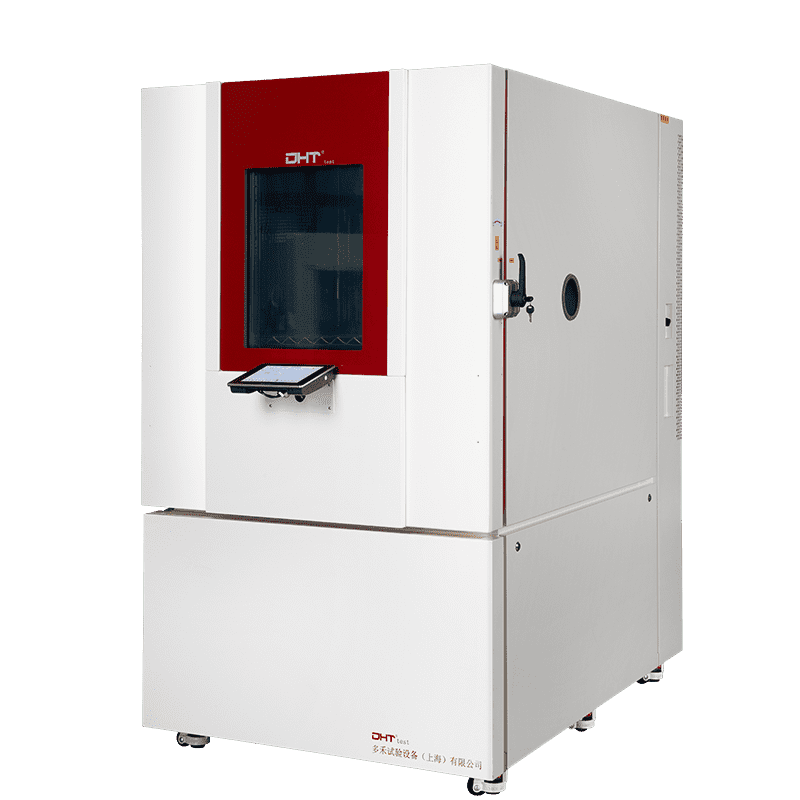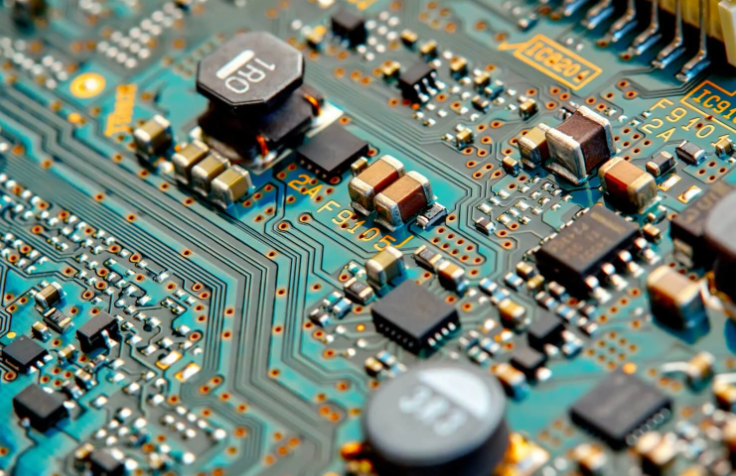Written by Robin
Senior Engineer, Doaho Test (DHT®)
The Rise of the Semiconductor Industry and the Importance of Reliability Testing
In recent years, emerging industries such as 5G communications, artificial intelligence (AI), the Internet of Things (IoT), and new energy vehicles have fueled unprecedented growth in the semiconductor sector. As the “heart” of these industries, the performance and reliability of semiconductor chips directly determine the competitiveness of downstream applications.
However, semiconductor devices are evolving toward smaller sizes, higher integration, and faster operating frequencies. Even the slightest material defect, process deviation, or environmental stress can be magnified during long-term operation, leading to performance degradation or outright failure.
As a result, reliability testing has become a critical part of semiconductor R&D and production. Among these tests, environmental stress testing plays a key role in verifying whether semiconductors can maintain stable operation under extreme conditions. This not only affects product quality and lifespan but also the safety of end-use applications—particularly in high-risk fields such as automotive electronics, aerospace, and medical devices.
Environmental Test Chambers: The Core Tools for Ensuring Semiconductor Reliability
Semiconductor products must endure environments far more complex than those in controlled laboratories:
- Consumer electronics: Continuous operation in high/low temperatures and humid conditions.
- Automotive electronics: Exposure to thermal cycling, long-term vibration, and mechanical shocks.
- Aerospace applications: Resistance to low pressure, radiation, and rapid thermal fluctuations.
Without sufficient environmental validation, semiconductor devices may fail in real-world applications, resulting in significant financial losses and even safety risks.
This is where the Environmental Test Chamber proves its value. These chambers can accurately replicate extreme conditions—such as high and low temperatures, humidity, low air pressure, rapid thermal changes, and combined stress environments—within a laboratory setting. This allows R&D and quality assurance teams to identify potential risks in advance, preventing defects from reaching the market.
For example:
- Temperature cycling tests reveal whether solder joints in chips will crack under thermal expansion and contraction.
- Damp heat tests verify whether corrosion or electrical leakage occurs in humid conditions.
- Low-pressure tests simulate high-altitude or aerospace environments to evaluate package sealing and stability.
These tests not only safeguard high product reliability but also help companies strengthen their reputation in international markets.
Major Types of Environmental Chambers for Semiconductor Testing
To meet the diverse testing needs of the semiconductor industry, several types of environmental chambers are widely used:
Temperature Chamber
A Temperature Chamber simulates extreme high and low temperatures and is commonly used to test the thermal stability and temperature tolerance of semiconductor devices. For high-frequency chips and power devices, high temperatures accelerate material aging, while low temperatures may cause solder joint brittleness.
- Applications: Evaluating performance of high-frequency chips and power devices across temperature ranges.
- Significance: Prevents material degradation at high temperatures and solder cracking at low temperatures.
Thermal Cycling and Thermal Shock Chambers
A Thermal Shock Chamber enables rapid temperature transitions to assess how semiconductor packages and internal structures respond to sudden stress. Temperature cycling tests are key to identifying solder joint fatigue and long-term reliability issues.
- Applications: Package reliability evaluation and solder fatigue testing.
- Significance: Detects hidden weaknesses and ensures long-term product stability.
Temperature and Humidity Chamber
Semiconductors are highly sensitive to moisture, which can cause metal corrosion, insulation failure, and performance degradation. A Temperature and Humidity Chamber replicates high-humidity, high-temperature conditions to evaluate sealing and insulation integrity. These tests are especially critical for consumer and automotive electronics.
- Applications: Consumer electronics, automotive-grade chips.
- Significance: Ensures devices maintain insulation performance under humid climates.
Low-Pressure (Altitude) Chamber
In aerospace applications, semiconductor devices must perform reliably under low-pressure or near-vacuum conditions. A Low-Pressure Chamber simulates high-altitude environments to test the stability and safety of chips and packaging materials when exposed to sudden drops in pressure.
- Applications: Satellites, aerospace electronics.
- Significance: Validates package and material integrity under low-pressure conditions, preventing leaks or failures.
Vibration and Combined Environmental Test Chambers
For automotive-grade and aerospace-grade chips, single-factor testing is insufficient. A Combined Environmental Test Chamber subjects devices to simultaneous stresses such as temperature, humidity, and vibration, more accurately reproducing real-world conditions.
- Applications: Automotive-grade, aerospace-grade semiconductors.
- Significance: Confirms that devices can remain stable under multiple stress conditions.
Through the combined use of these chambers, manufacturers can conduct comprehensive reliability assessments, supporting standard certifications, quality control, and product iteration.
Conclusion: Environmental Test Chambers Driving Semiconductor Reliability
In today’s fast-paced global semiconductor industry, performance and reliability are inseparable. The Environmental Chamber—as a tool for replicating extreme environmental conditions—not only fulfills international standards such as UN, IEC, and JEDEC, but also enables manufacturers to detect risks early and reduce failure rates.
Looking ahead, as semiconductor applications expand into electric vehicles, aerospace exploration, and advanced medical devices, the importance of environmental testing will only increase. These chambers are not just compliance tools but also essential safeguards for innovation and safety in the semiconductor industry.
For every semiconductor company striving for excellence, investing in high-performance Environmental Test Chambers is a decisive step toward building long-term competitiveness.
As a professional manufacturer deeply specialized in environmental testing equipment, DHT® is committed to delivering high-performance, highly reliable test chambers tailored for semiconductor and related industries. If you are seeking a trusted environmental test chamber supplier, or wish to perform reliability testing on your semiconductor products, we welcome you to contact DHT® for expert solutions.


